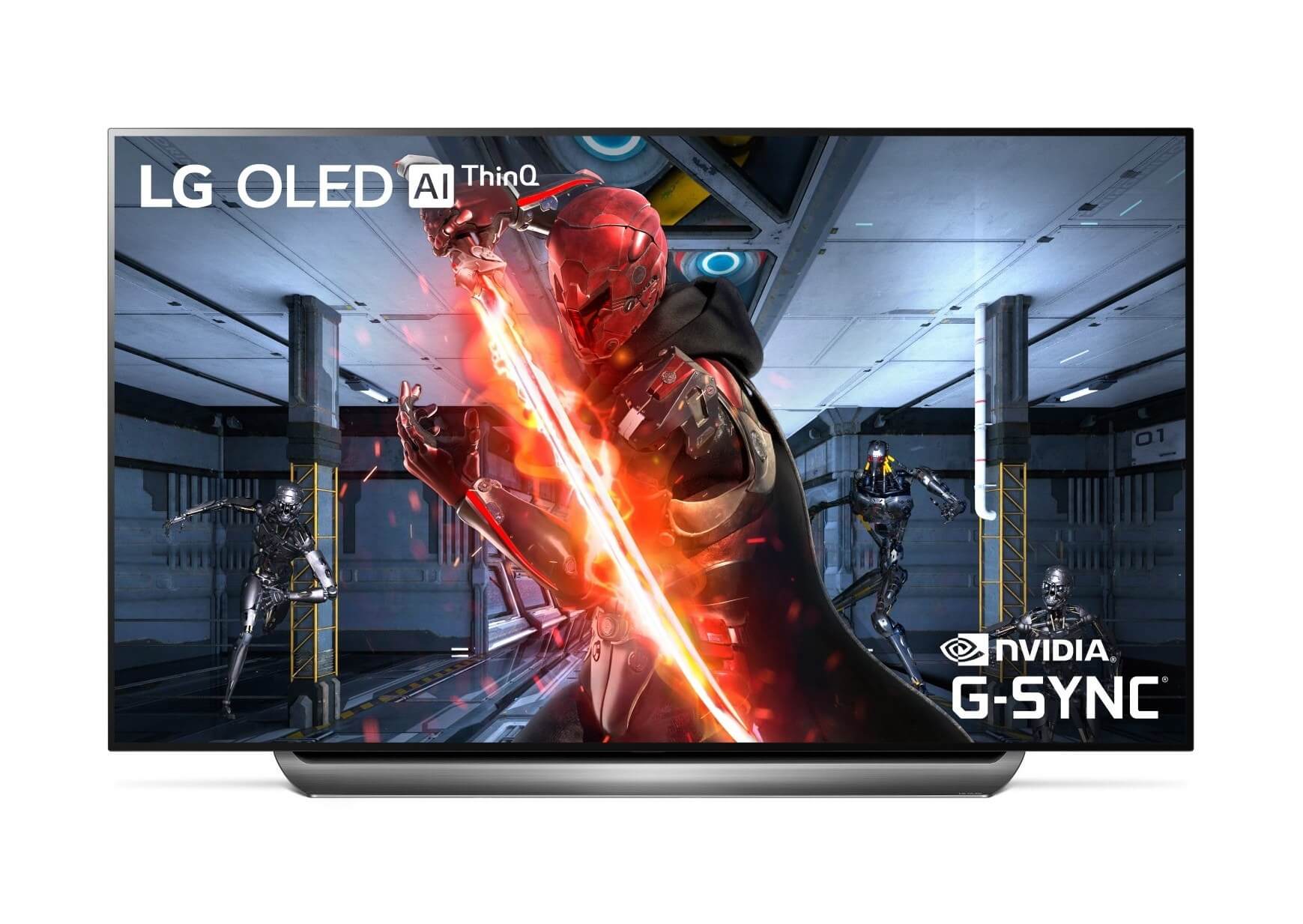Something to look forward to: LG has announced that it's teamed up with Nvidia to bring G-Sync support to its 2019 OLED TVs. A firmware update will roll out in the coming weeks that adds a “smooth and immersive gaming experience without flickering, tearing or stuttering” to the televisions.

LG TVs are already considered some of the best options for gamers, thanks to their low input lag and fast response times. The company notes that its televisions' support of HDMI 2.1 allows auto low latency mode (ALLM), enhanced audio return channel (eARC), and variable refresh rate (VRR), and the addition of G-Sync support should make them appealing to PC gamers.
The firmware update is coming to LG’s 55-inch and 65-inch E9 TVs as well as the 55/65/77-inch C9 televisions.
For PC owners interested in the feature, it sounds as if you’ll need one of Nvidia’s RTX cards to take advantage of VRR over HDMI, instead of the usual DisplayPort. “We are excited to bring G-Sync Compatible support to LG’s 2019 OLED TVs and HDMI Variable Refresh Rate support to our GeForce RTX 20-Series GPUs,” said GeForce marketing head Matt Wuebbling. It's also worth noting that as the TVs don't contain an actual G-Sync module, VRR is limited to a window of 40Hz - 120Hz.
Most PC owners would rather choose a gaming monitor over using a television, but there are times when hooking your rig up to a living room set has its advantages, especially when playing local co-op games. With LG’s TVs about to offer G-Sync support, they could be a better, and certainly cheaper, option than Nvidia’s huge and exorbitantly expensive BFGD televisions, such as the $5,000 HP Omen X Emperium.
https://www.techspot.com/news/81824-lg-2019-oled-tvs-soon-receive-g-sync.html